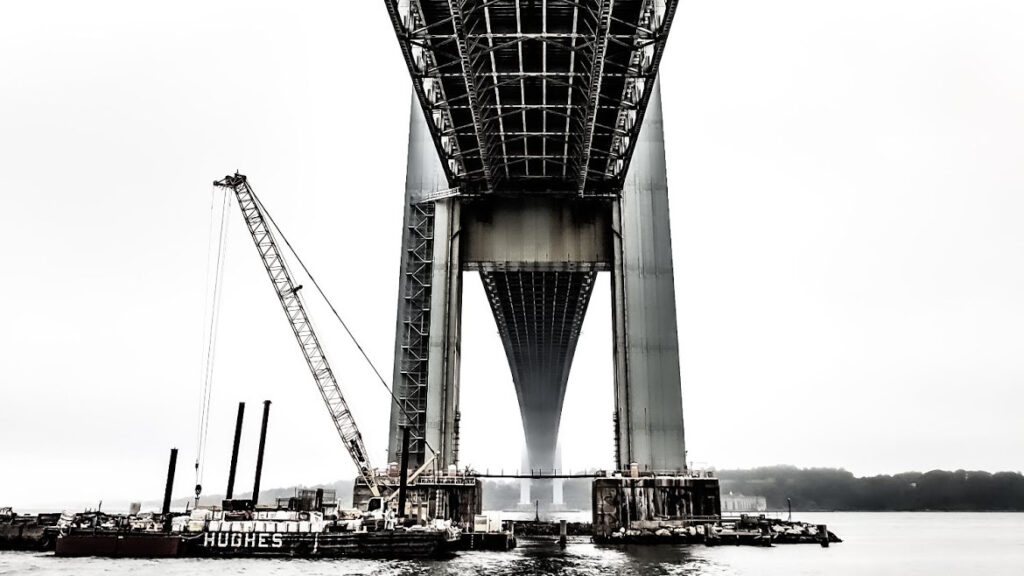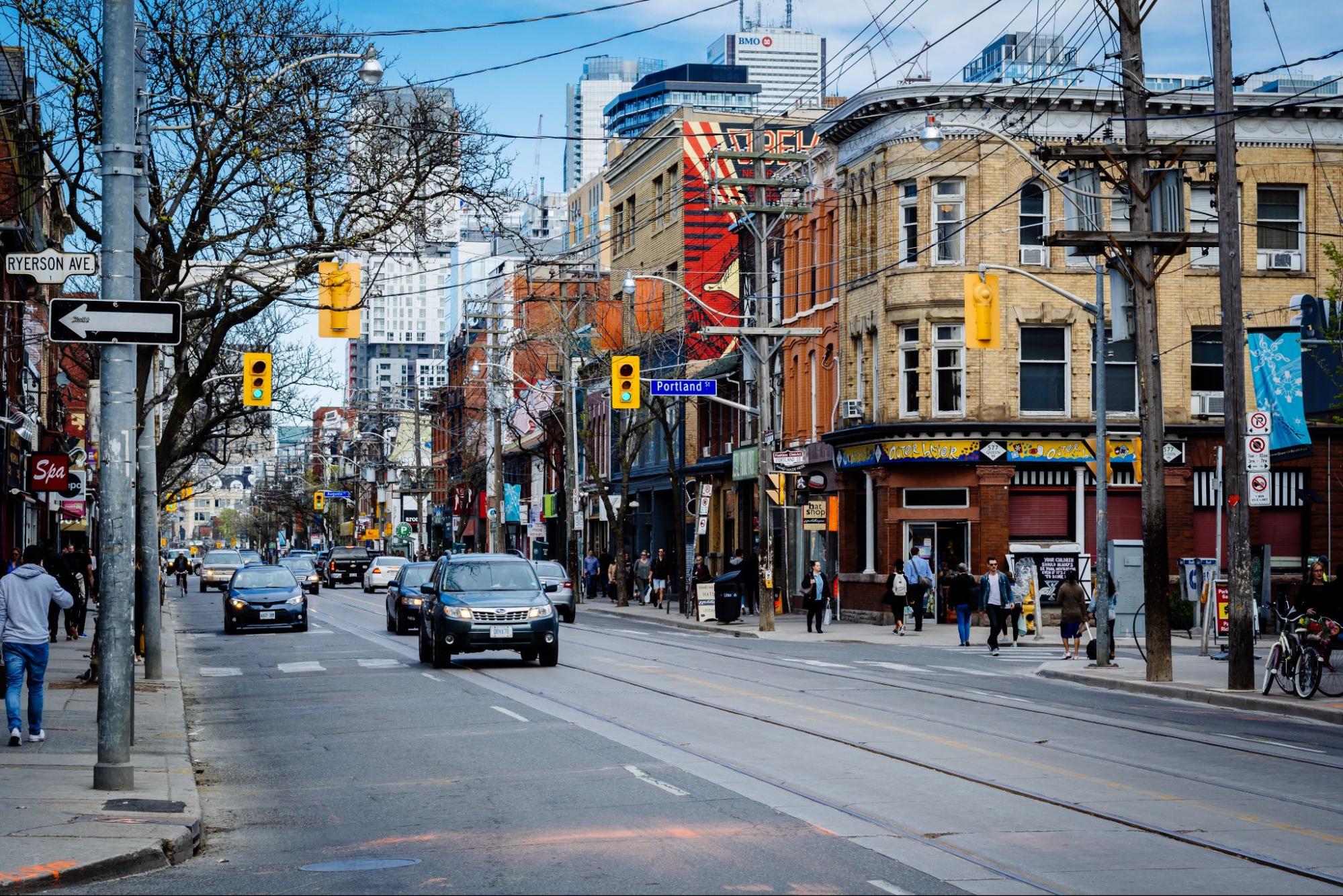The paucity of transit riders has left city coffers reeling, says a new report from the C.D. Howe Institute, and it’s snowballing.
“Transit authorities in Canada rely on farebox revenues from paying passengers as their largest source of revenue,” said the report.
“In the short-term, the COVID-19 pandemic has drastically changed the way transit is used in the GTA. Many who would usually commute to work are at home as their companies shifted to work-from-home models and their offices temporarily closed. Lockdown measures have further limited the extent to which people travel and make use of TTC services. At its lowest point, Toronto transit demand fell 85%, causing the TTC to drop service levels to 80%.”
The snowball effect, as it pertains to municipal coffers, is the lost revenue has, in many cases, in critical infrastructure projects. If they aren’t outright cancelled, they’re shelved, says Nadia Todorova, executive director of the Residential and Civil Construction Alliance of Ontario (RCCAO).
“Overall, I agree with the premise of the report, which highlights the economic value of a comprehensive transit system for a city,” Todorova told CREW. “I think the premise of the report is something we’ve always focused on. Reduction of ridership as a result of COVID-19 isn’t just revenue loss to cities. It has had a snowball impact on other industries, including ours, like infrastructure and construction.”
Municipalities are reallocating money from their capital budgets and refunneling them towards alleviating operational pressures, which has resulted in a significant decline of infrastructure projects tendered by municipalities.
Fortunately, subsidies provided by the federal and provincial governments have helped in that respect, highlighting the importance of delivering infrastructure works that sectors like residential real estate construction rely on.
“RCCAO focuses on critical infrastructure like water, waste water, roads and bridges,” said Todorova. “We saw quite a few drops in tenders last year and that was fairly significant. It’s an overall body of infrastructure projects that have been impacted, or delayed by six or seven months, or shelved for another capital year. The drop in tenders we saw has been across the board.
“The paper C.D. Howe did bolstered the case that municipalities need funding pathways from the federal and provincial governments because those investments in transit and infrastructure have brought job creation and they build hard assets that contribute to the economic competitiveness of the province.”
Neil Sharma is the Editor-In-Chief of Canadian Real Estate Wealth and Real Estate Professional. As a journalist, he has covered Canada’s housing market for the Toronto Star, Toronto Sun, National Post, and other publications, specializing in everything from market trends to mortgage and investment advice. He can be reached at neil@crewmedia.ca.









